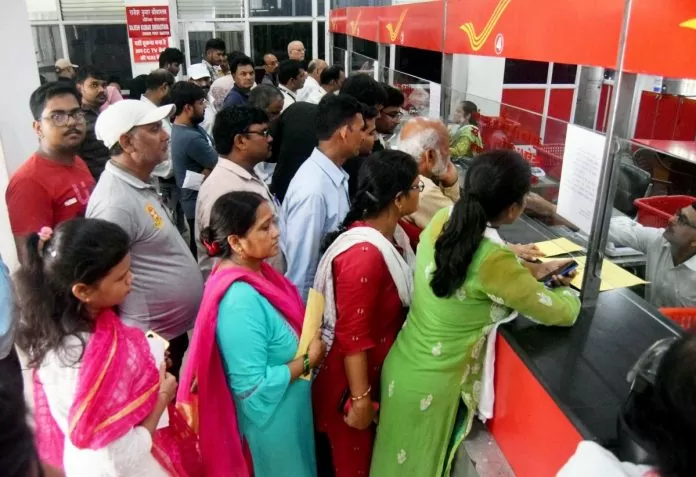Post Office RD vs Post Office FD: Fixed deposits (FDs) and recurring deposits (FDs) are popular choices for conservative investors. Traditionally, they are favoured for two main reasons: both offer guaranteed returns and come with lower risk compared to stocks and other equity-related investments. Now, India Post – which also provides a host of banking and financial services in addition to postal services in the country – offers four maturity options in its fixed deposit scheme (known as the National Savings Time Deposit Account) and a single maturity of five years in its recurring deposit scheme (known as the National Savings Recurring Deposit Account).
Here are a few examples to elaborate on how investments, ranging from Rs 5,000 a month to a lump sum of Rs 1.5 lakh, grow over available time horizons in the post office FD and RD schemes. Please note that these examples are meant to illustrate the end results of investments based on the current interest rates.
5-Year Post Office Recurring Deposit Account Investment Examples
| Investment (per month) | Maturity amount (principal + interest) | ||
| *1 year | *3 years | 5 years | |
| Rs 1,000 | Rs 12,443 | Rs 39,952 | Rs 71,369 |
| Rs 5,000 | Rs 62,211 | Rs 1,99,748 | Rs 3,56,830 |
| Rs 10,000 | Rs 1,24,421 | Rs 3,99,492 | Rs 7,13,659 |
| Rs 15,000 | Rs 1,86,630 | Rs 5,99,241 | Rs 10,70,492 |
| Rs 18,000 | Rs 2,23,956 | Rs 7,19,086 | Rs 12,84,585 |
| Rs 20,000 | Rs 2,48,841 | Rs 7,98,984 | Rs 14,27,315 |
*Please note that the first two columns of maturity are only to highlight compounding. The Post Office RD account comes with a fixed lock-in period of five years.
Post Office Time Deposit Account (TD) Investment Examples
| Investment (lump sum) | Maturity amount (principal + interest) | |||
| 1 year | 2 years | 3 years | 5 years | |
| Rs 5,000 | Rs 5,354 | Rs 5,744 | Rs 6,175 | Rs 7,250 |
| Rs 10,000 | Rs 10,708 | Rs 11,489 | Rs 12,351 | Rs 14,499 |
| Rs 12,000 | Rs 12,850 | Rs 13,787 | Rs 14,821 | Rs 17,399 |
| Rs 15,000 | Rs 16,062 | Rs 17,233 | Rs 18,526 | Rs 21,749 |
| Rs 25,000 | Rs 26,770 | Rs 28,722 | Rs 30,877 | Rs 36,249 |
| Rs 50,000 | Rs 53,540 | Rs 57,444 | Rs 61,754 | Rs 72,497 |
| Rs 1,00,000 | Rs 1,07,081 | Rs 1,14,888 | Rs 1,23,508 | Rs 1,44,995 |
| Rs 1,50,000 | Rs 1,60,621 | Rs 1,72,332 | Rs 1,85,261 | Rs 2,17,492 |
Power of Compounding: Why patience matters
Compounding is the process where the value of an investment grows because the earnings on an investment, both capital gains and interest, earn interest as time passes. Simply put, it’s ‘interest on interest’, meaning that the amount initially earned as interest stays back in the instrument to earn more interest in the remaining investment period.
Both in RD and FD, the longer a depositor’s money is invested, the larger is the benefit from compounding, leading to significantly greater returns. All in all, the power of compounding only multiplies over time.



